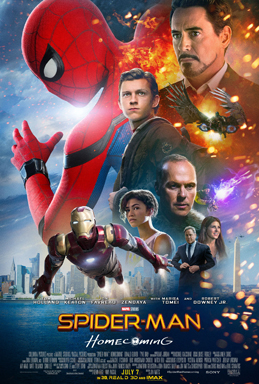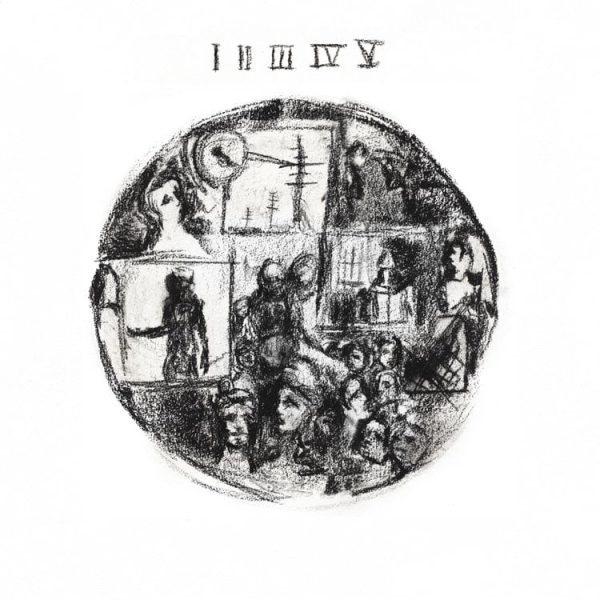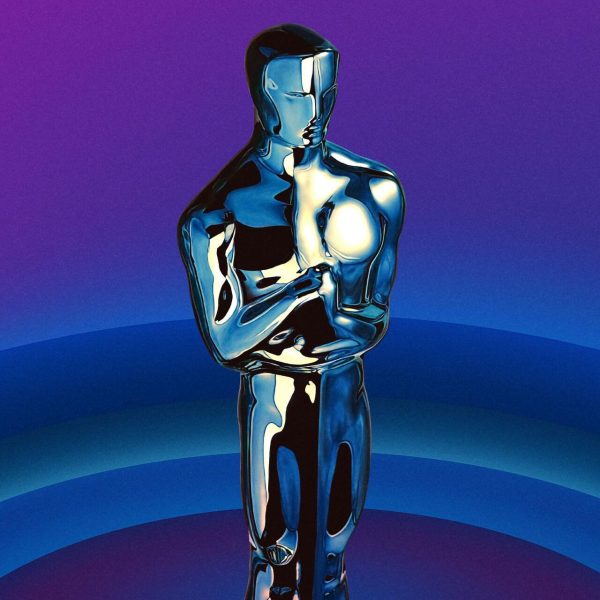Movie Review: Spider-Man Homecoming

In the 1990s, Marvel was on the verge of bankruptcy due to the comics industry crashing and Marvel putting out subpar stories. So, to keep themselves afloat, they sold off the film rights to many of their most profitable characters such as the X-Men, Fantastic Four, and Spider-Man. Eventually, the rights to Spider-Man got back to Marvel, and they added him into the Marvel Cinematic Universe first appearing in 2016’s Captain America Civil War.
“Spider-Man: Homecoming” takes a new approach to the character and provides something that previous incarnations of the character had failed to do.
One of the best things about this reboot is that it is not an origin story. Much like 1989’s “Batman” and 2006’s “Superman Returns,” “Homecoming” skips over the origin that everyone knows at this point and gets right to the character. Unlike 2002’s “Spider-Man” and 2012’s “The Amazing Spider-Man,” instead of spending the first third of the movie retelling the story of getting bit by a radioactive spider and losing Uncle Ben to a mugger, “Homecoming” jumps right into the character with a new story involving The Vulture and The Shocker.
Another great thing about “Homecoming” is that, unlike the other films, Peter Parker is actually played by a teenager. In each film, Peter Parker is between the ages of 15 and 23. While Tobey MaGuire and Andrew Garfield did fine jobs playing the character, MaGuire was 27 and Garfield was 29 when they played the character. Tom Holland, on the other hand, was 19 in Civil War and 20 during “Homecoming.” While Holland is a couple of years older than Peter Parker, he is still closer to the character’s age and gives a more realistic portrayal of the character. Holland is not the only actor to play a character closer to his age. Unlike the other two film series, many of the side characters are played by actors closer to their ages.
Another strength that “Homecoming” has is the use of comic accurate characters as opposed to well-known characters. In the comics, Peter Parker’s high school love interest was Liz Allen and later Betty Brant. In Sam Raimi’s trilogy, on the other hand, the main love interest was Mary Jane Watson, and in “The Amazing Spider-Man” movies it was Gwen Stacy. Both women Peter did not meet until he was much older in the comics. Due to the characters of Gwen Stacy and Mary Jane Watson being more well known, they were used in the other movies. As for “Homecoming,” Mary Jane, Gwen Stacy, Harry and Norman Osborn, all of which Peter didn’t meet until college, weren’t used and instead they used characters such as Flash Thompson and Liz Allen who were part of “Homecoming” instead.
One of the weak parts of the movie is that the reliance on Iron Man feels a little bit overdone at times. Since Marvel uses a shared universe, other movies and heroes are referenced, but unlike other Marvel films where some characters might make a cameo or two, Iron Man and Happy Hogan play major roles in the film taking some of the focus away from Spider-Man at times. Unlike the comics when Spider-Man was starting out he did it on his own, this time they give Iron Man as a mentor to him and changing Spider-Man’s early adventures of getting by despite his limited resources.
So, what’s the final verdict? After the mediocrity of “The Amazing Spider-Man” movies, it is nice to see someone take the character and do a movie that is more comic accurate instead of just feeling like a way to keep the character rights in the hands of a film company. It is also nice to see one of Marvel’s, if not their most famous character, back in the hands of Marvel.










